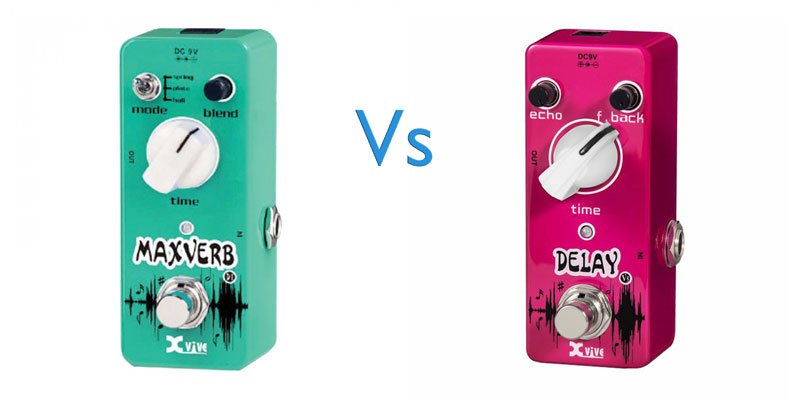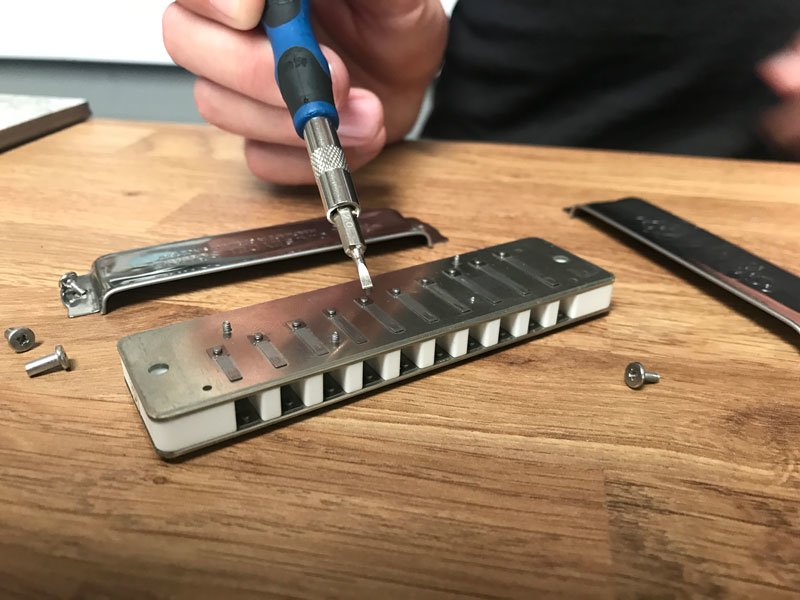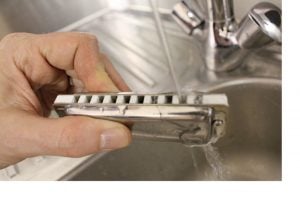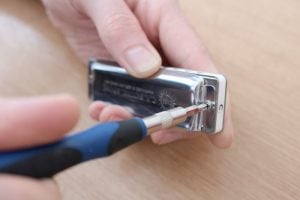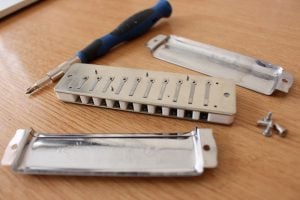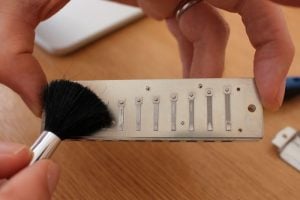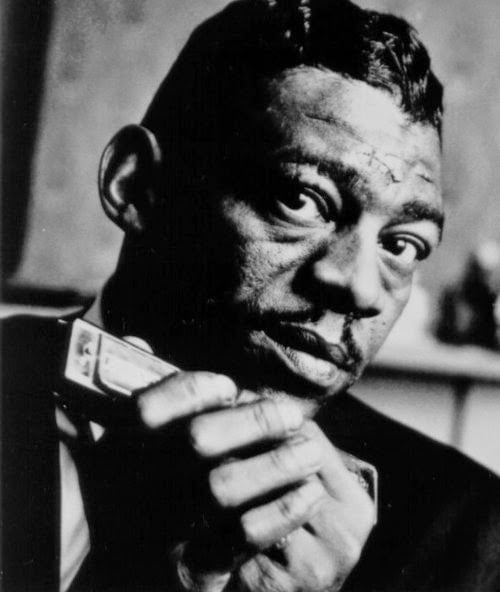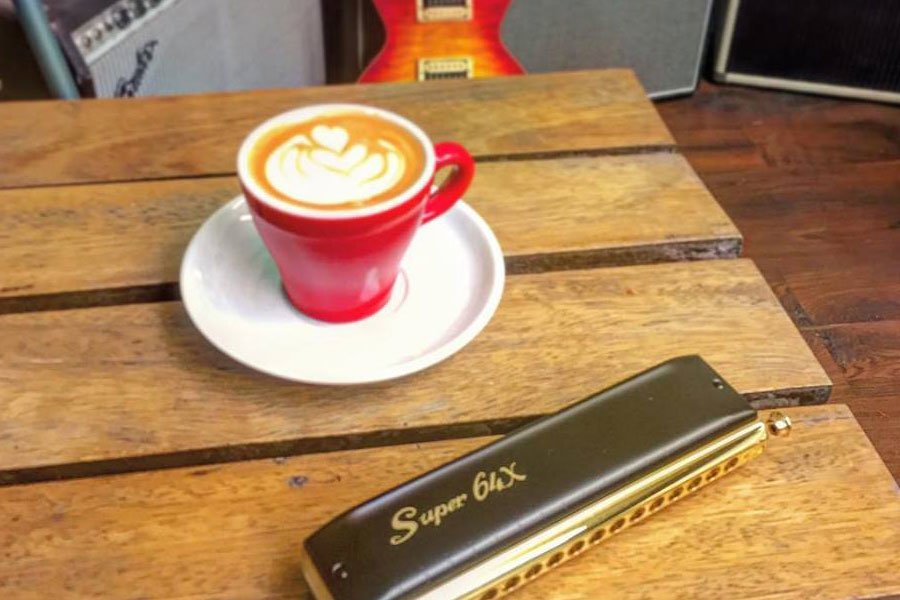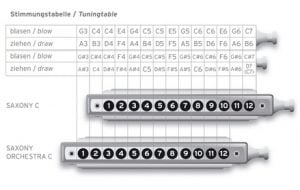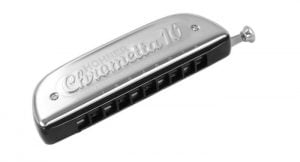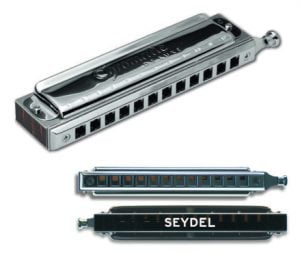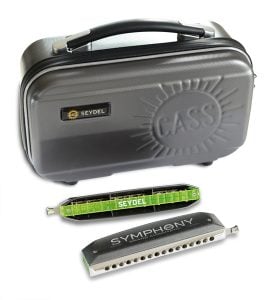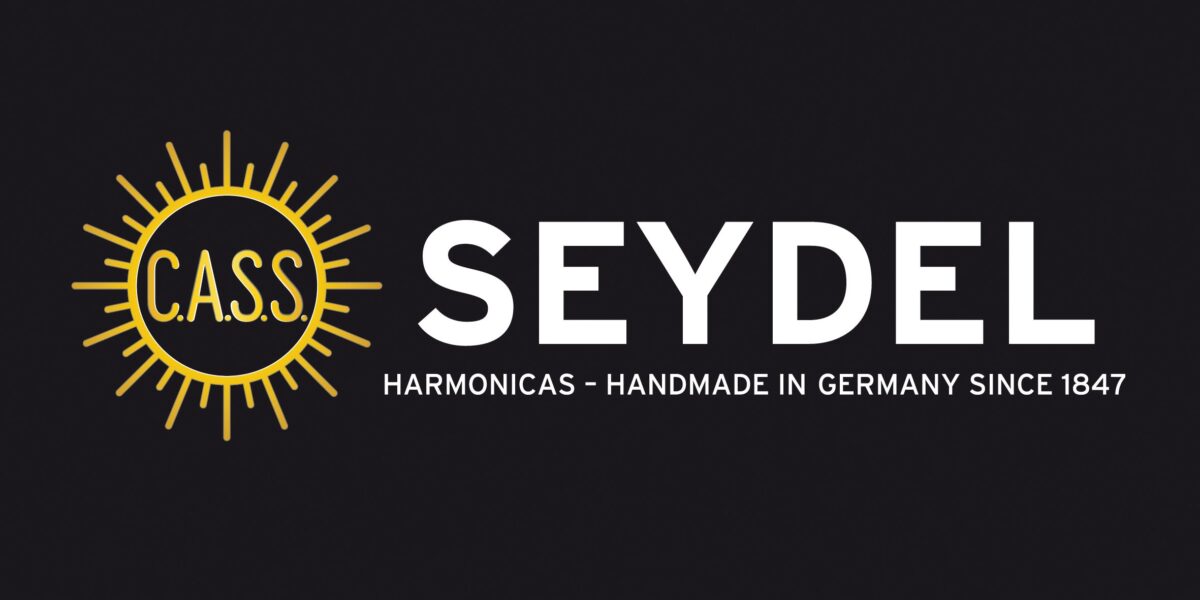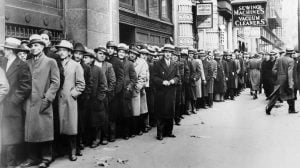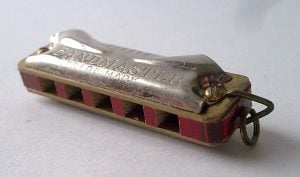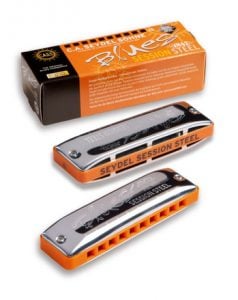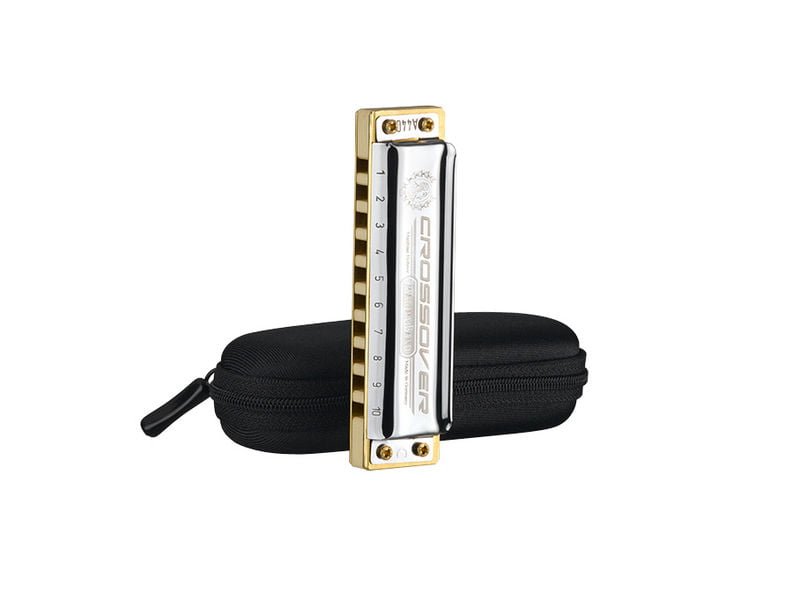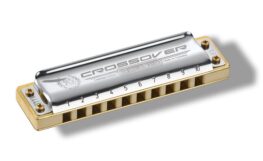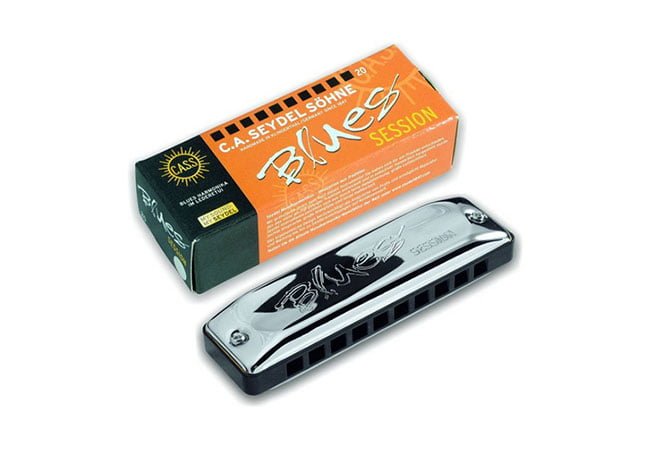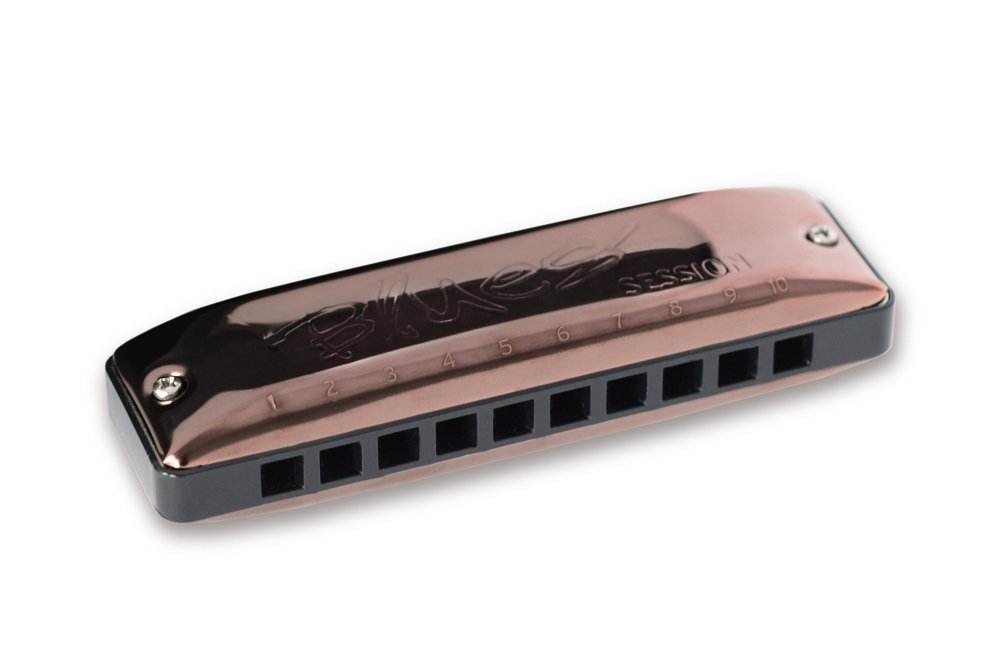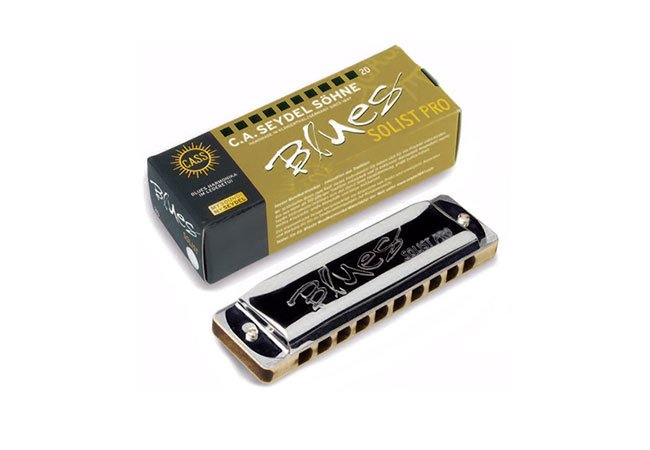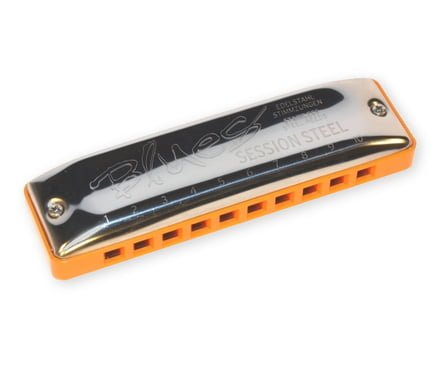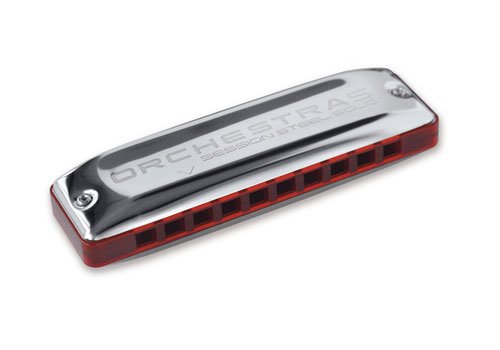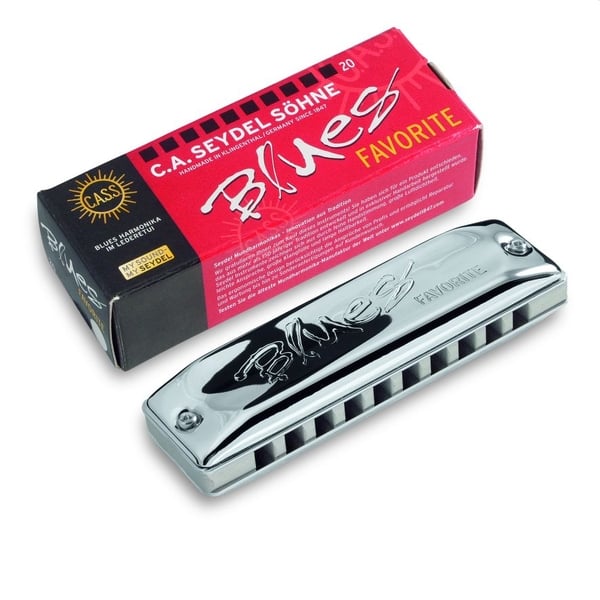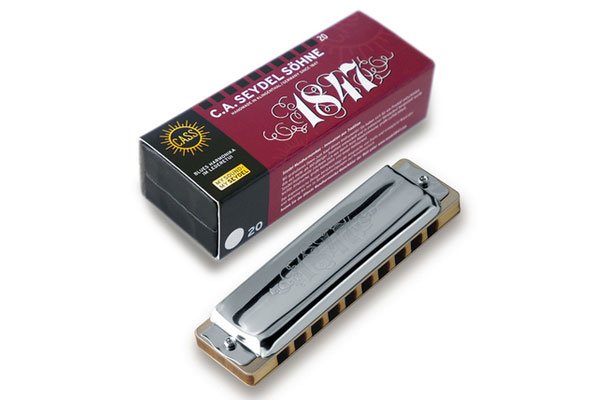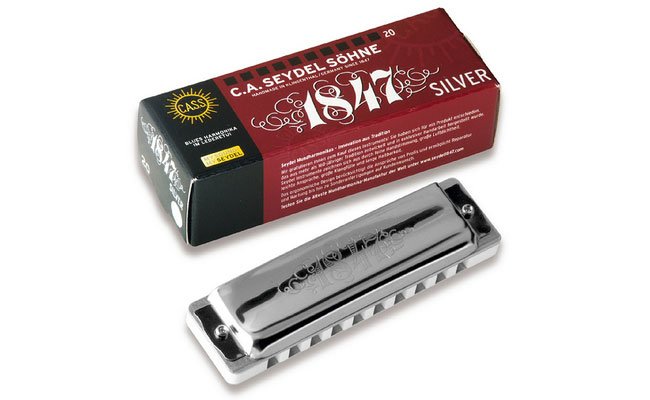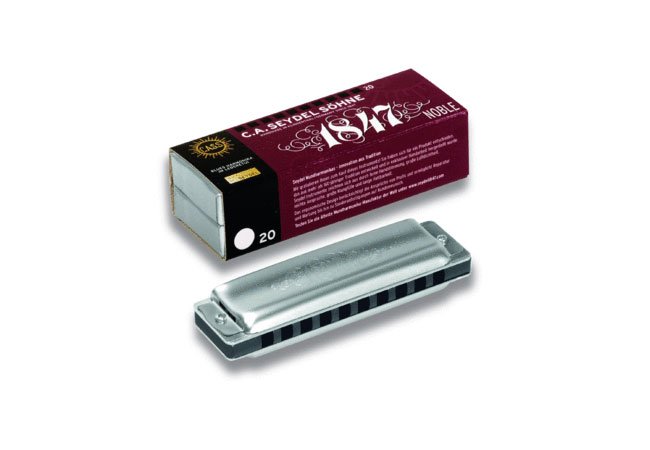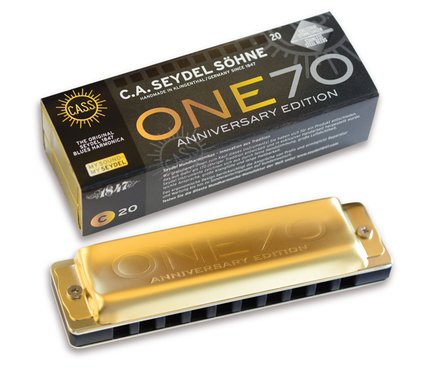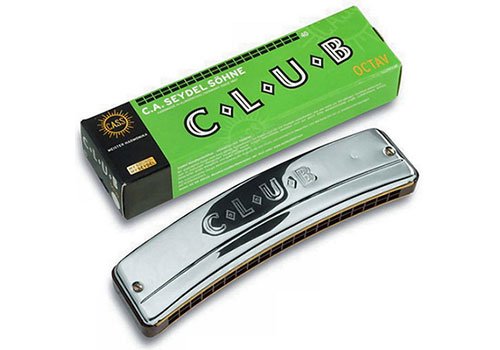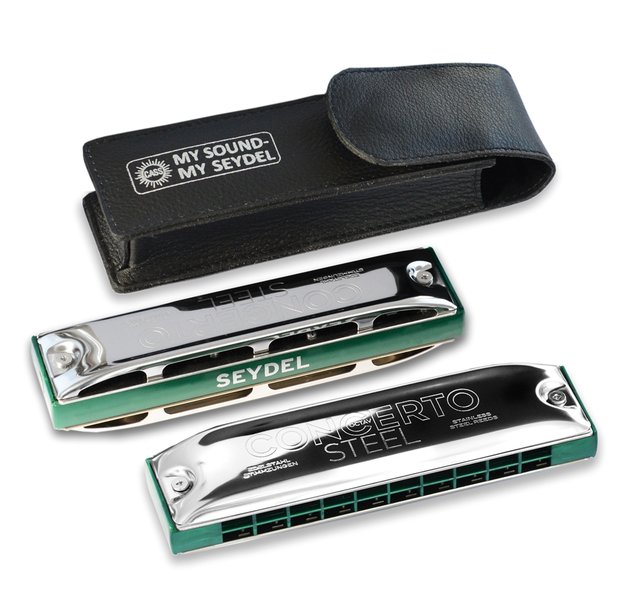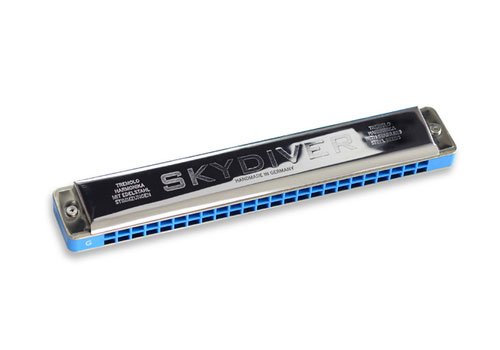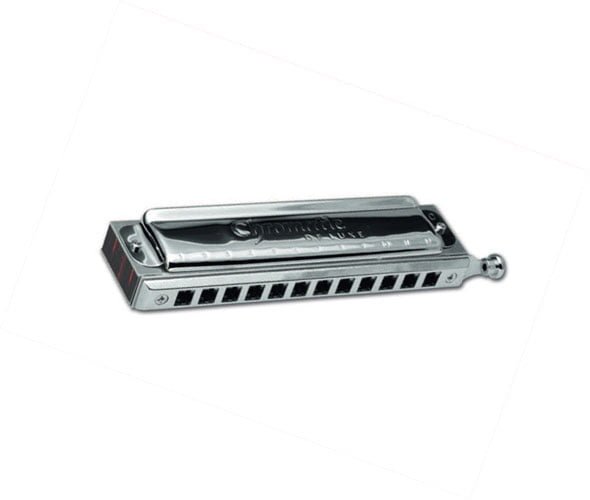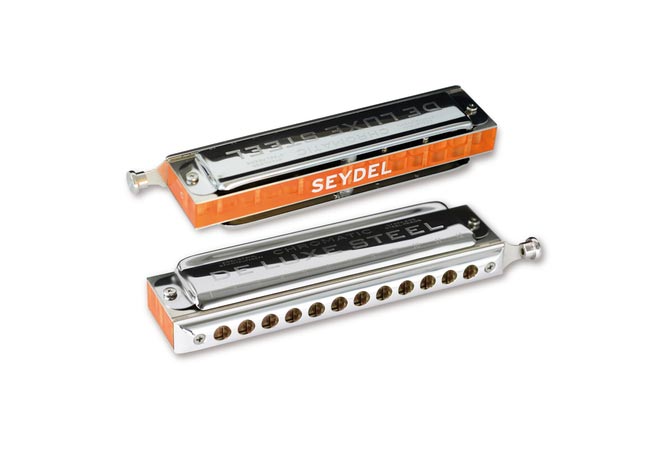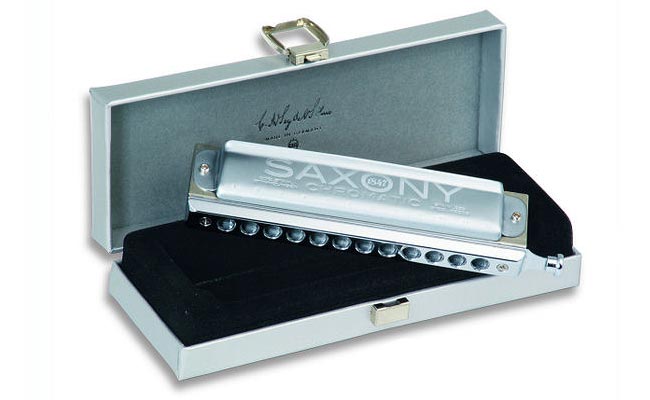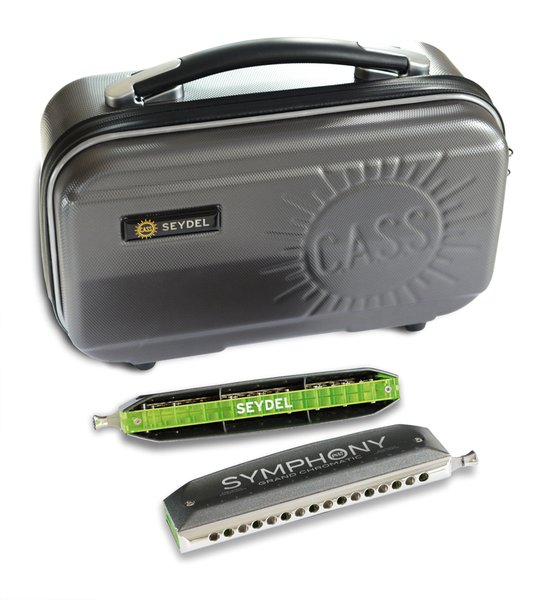Delay Pedals Versus Reverb Pedals
In this post we’ll look at delay pedals versus reverb pedals, outline some of the differences, and help you to choose the best pedal for your needs.
Why Do I Need a Pedal?
This isn’t a question that you’ll hear coming from many guitarists’ lips, as the foot pedal, in its many different forms, has become a ubiquitous part of most guitarists’ setups. Harmonica players are different, though; some never play through an amp, and others just like the pure tone of the harp itself. If you’re this sort of player then the answer is no – you don’t need a pedal. However, if you’re playing through an amp, or recording your playing, and want to add a new dimension to your sound, then a pedal can really help. In this article, we’ll focus on reverb and delay pedals, but we’ll cover overdrive/distortion and other effects in future posts.
What’s the Difference, Then?
A delay pedal, in basic terms, produces a copy of the input signal, then reproduces it at a point in time after the original input. You might describe this, in simple terms, as an echo. Most delay pedals let you control the time (the amount of time between the original input and the echo), the mix (how loud the echo is compared to the original input) and the feedback (how long the echo continues).
Reverb is also a time-based effect, but instead of attempting to replicate a simple echo, like a delay pedal does, a reverb pedal replicates the reverberation effect that happens when a sound is produced in an enclosed space, where multiple short echoes from the various hard surfaces at different angles to each other combine to provide a full sound. An example of natural reverb would be the sound achieved when speaking loudly or singing in a cathedral or large church. Reverb, then, is generally a more subtle effect than delay.
There are several types of reverb, some of which refer to natural settings (room, hall, large hall, etc) and some which refer to manufactured types (spring, plate, etc). Although some amps have traditional spring reverbs, created by sending the signal down a spring and capturing the consequent reverb effect, the reverb effects created by pedals are all done through digital processing. The Xvive MaxReverb Pedal, for example, is able to switch between a number of different reverb types, including spring, plate and hall, all of which sound incredibly authentic.
Why Should I Use Them?
Reverb can provide a fuller sound to your recorded playing. In live situations, particularly in fairly dead sounding venues, it can also add depth. Think of how much better a good singer sounds in a large hall with natural reverb than on, say a street corner, and this will give you an idea of how reverb can be used to improve your sound. Just ensure that you don’t overdo it – most live venues will generate more natural reverb than your bedroom, or practice room, so dial it back a bit when doing a sound check.
Delay pedals are popular with guitarists often for solos, where they cover a myriad of sins and make it sound like you’re playing much faster than you actually are. However, they’re also useful for fattening out your sound by using a ‘slapback effect’ whereby the time control is dialled right back, the feedback reduced to the minimum and the mix set to about 50%. This is something that you can experiment with on the harmonica, especially if you need to fill space in the mix at a particular point in a song.
Of course, there’s nothing to stop you experimenting with more extreme settings – psychedelic sounds can be achieved quite easily by playing with large reverbs or long delays.
So, Should I Buy a Reverb or a Delay Pedal?
If you just want a fuller sound for recording and live purposes, and your amp doesn’t feature reverb (or has a poor quality one, which is quite common), then the reverb pedal is your best bet. If, however, you want to be more experimental, or just want to make your solos sound cool, then go for the delay pedal.
As ever, any questions or comments, contact us or use the comments section.

